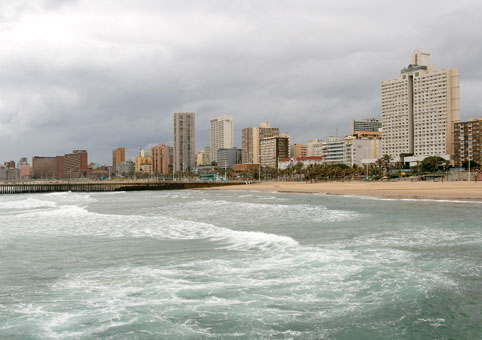Journey Impressions: Durban
 Loading. Please wait...
Loading. Please wait...
Durban Skyline



Durban Skyline

I didn't think Uwe would have the bottle!

He didn't either

In South Africa the signs are on the ground

Superfluous building

Warrior

Golden Mile

A ship coming in

Modern aerial


Pilot transfer helicopter

Skating with a tie

Potemkin-like houses

There's always something going on here

Welcome

Africa's future

Africa's present

The tree comes from India

The whole journey on foot

Problem area
